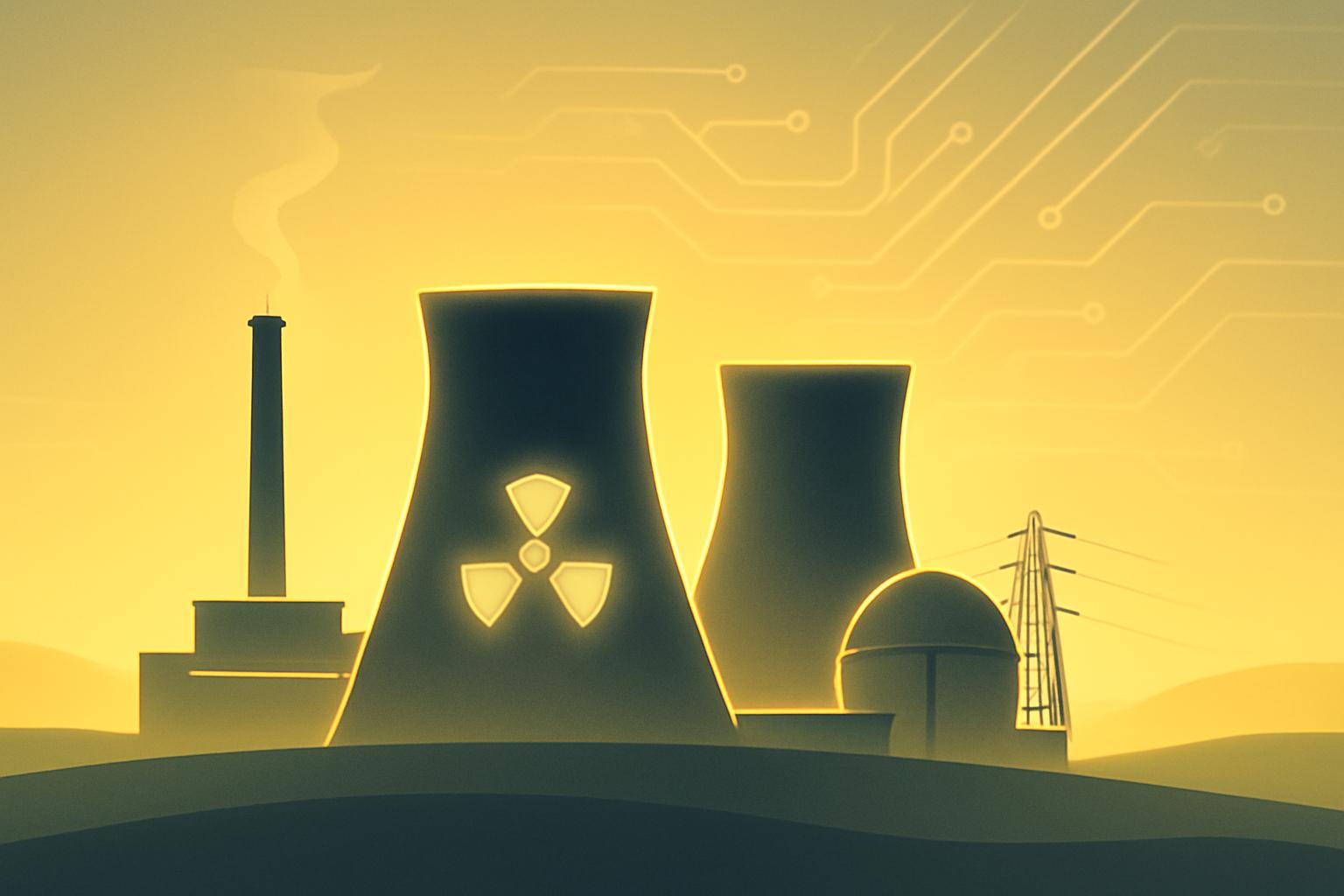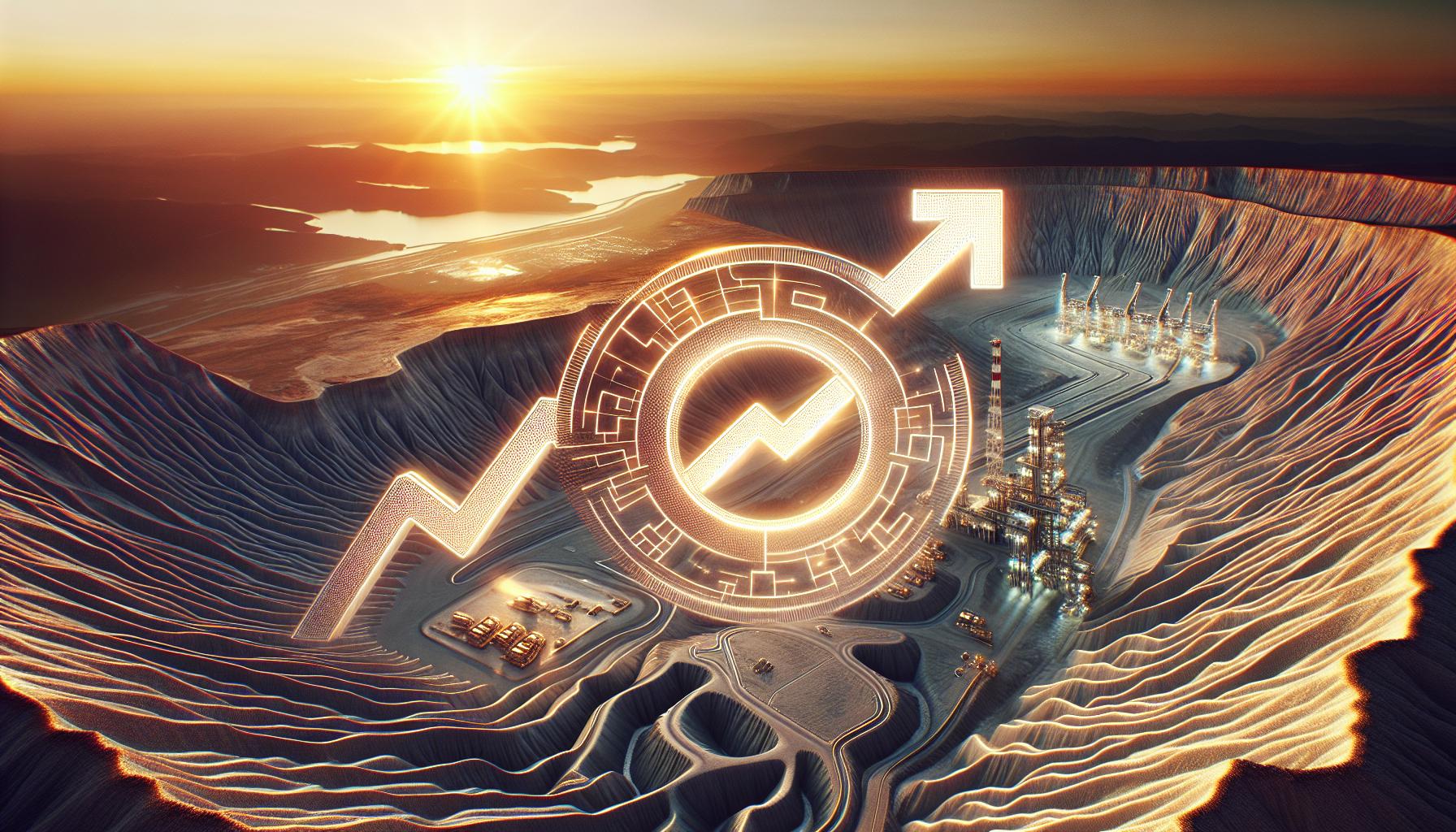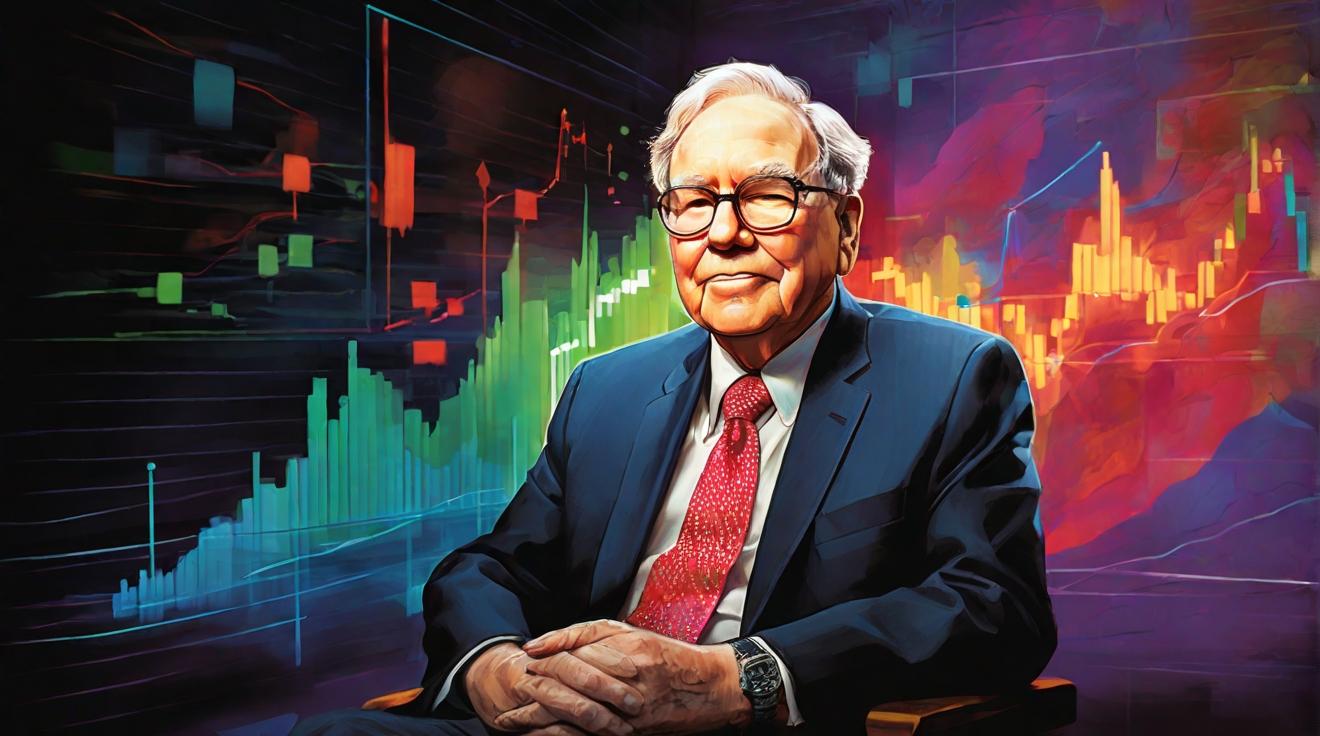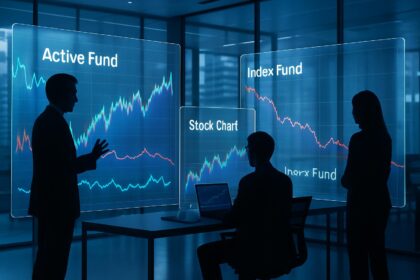Renewed Demand Spurs Nuclear Energy Interest Amid Investment Challenges
As global electricity demand accelerates, particularly driven by artificial intelligence (AI) and data center expansion, investor focus on nuclear energy is intensifying. Industry leaders and financiers convened at the recent World Nuclear Association (WNA) symposium in London to discuss the sector’s potential and hurdles.
AI and Industrial Electrification Drive Nuclear Demand
World Nuclear Association Director General Sama Bilbao y León highlighted AI and data centers as early indicators of surging energy needs. Beyond technology, sectors such as metallurgy, chemicals, maritime, and shipping are rapidly seeking electrification solutions where nuclear power could play a pivotal role.
Massive Investment Growth Projected
According to Morgan Stanley estimates presented at the conference, investments in the nuclear value chain are projected to reach $2.2 trillion by 2025, a significant increase from the $1.5 trillion forecast for 2024. This surge underscores the growing recognition of nuclear energy’s role in meeting future power requirements, but also raises questions about the capacity of governments and financial institutions to underwrite these capital-intensive projects.
Small Modular Reactors: Promise and Uncertainty
Small modular reactors (SMRs) offer a potentially transformative approach with shorter payback periods—approximately half that of traditional large-scale plants—and greater scalability. However, SMRs remain largely in the development phase, with most projects not expected to become operational until 2030 or later.
Financial Sector’s Evolving Stance on Nuclear
Mahesh Goenka, founder of Old Economy advisory, noted a shift in the financial sector’s openness to nuclear financing, contrasting with previous reluctance. Despite this progress, significant concerns persist regarding risk appetite, project delays, budget overruns, and regulatory complexities. Goenka contrasted Western markets—where nuclear project experience has diminished over decades—with China, where state-backed financing and efficient execution have led to timely, profitable projects.
Political and Regulatory Challenges Remain
Mark Muldowney of BNP Paribas emphasized the inherently political nature of nuclear projects. He pointed out that project finance alone is insufficient to cover risks, necessitating government involvement or utility-backed structures to absorb uncertainties. The sector continues to grapple with lengthy construction timelines, licensing hurdles, and technical challenges.
Government Support Critical for Nuclear Expansion
Examples such as the U.K.’s Sizewell C project illustrate the financial and operational challenges nuclear faces. Initially budgeted at £20 billion, costs have escalated to £38 billion. Similarly, the Plant Vogtle project in the U.S. experienced multi-year delays and doubled costs. Trevor Myburgh from Eskom underscored that private capital alone cannot resolve these issues, highlighting the importance of public-private partnerships, especially in emerging markets.
Policy Shifts and Industry Momentum
While some European nations like Switzerland and Germany remain cautious or restrictive toward nuclear energy, others, including the U.K., France, and the U.S., have adopted more supportive policies. The U.S. administration has implemented executive orders aimed at accelerating nuclear development and expanding capacity fourfold by 2025. Uranium Royalty Corp CEO Scott Melbye described these measures as dramatically enhancing nuclear sector momentum.
Investor Interest and Regulatory Evolution
Investor Arfa Karani noted increasing enthusiasm for nuclear-adjacent technologies and startups, supported by proactive government engagement in the U.K. Regulatory frameworks are evolving to reflect nuclear energy’s growing importance for national security and global competitiveness, with capital availability improving as a result.
Despite lingering uncertainties, the convergence of technological demand, government backing, and evolving financial attitudes suggest a cautiously optimistic outlook for nuclear energy investments.
FinOracleAI — Market View
The surge in electricity demand driven by AI and industrial electrification is catalyzing renewed investor interest in nuclear energy, particularly in scalable solutions like SMRs. However, persistent risks including project delays, cost overruns, and regulatory uncertainty temper near-term enthusiasm. Government backing and public-private partnerships remain essential to mitigate these risks and unlock capital.
Impact: neutral













